A Glimpse to our National Museum
So last year, all entrance fees to the National Museum of the Philippines were waived to establish stronger familiarity of the Filipinos (and other foreign visitors) to the Philippine history, culture and tradition, and artworks.
As I am fond of going to museums, observing different paintings, sculptures, and artifacts, I grabbed the opportunity to visit the National Museum before going back to work and graduate studies.
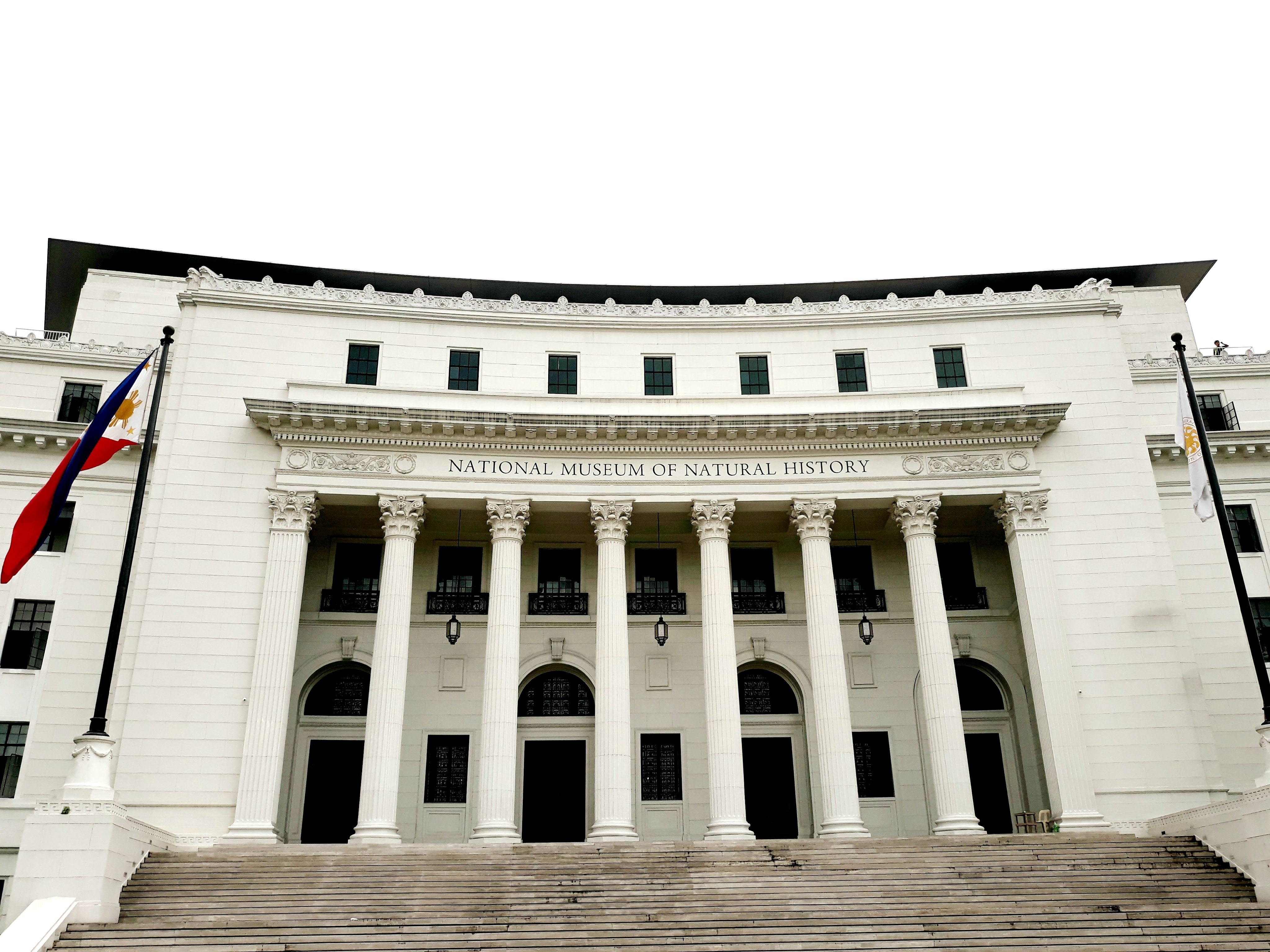
The National Museum is now divided into three:
- National Museum of Fine Arts (the original National Museum building)
- National Museum of Anthropology
- National Museum of Natural History
The picture above is the National Museum of Natural History. It was founded just last year and still not open for operation. It will start catering visitors around May 2018.
The facade of the National Museums look similar so you can easily identify them. They are situated near the Rizal Park.
Here are the snaps I've taken while visiting the National Museum of Fine Arts and Anthropology.
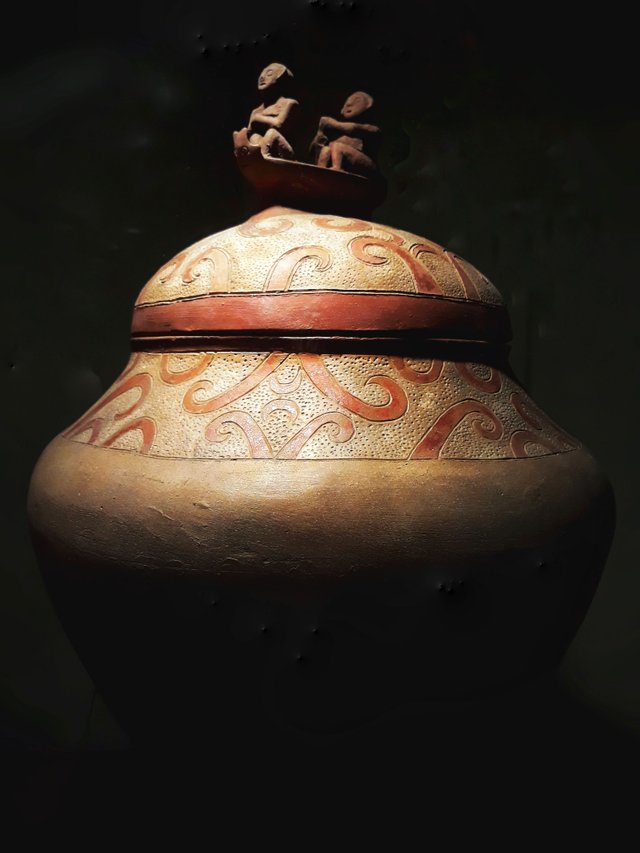
A Manunggul Jar is a burial jar used in the early 1960s. As can be seen, the top of the jar has two humans (one is the boatman or tagahatid) representing two lifeforms traveling to the afterlife.
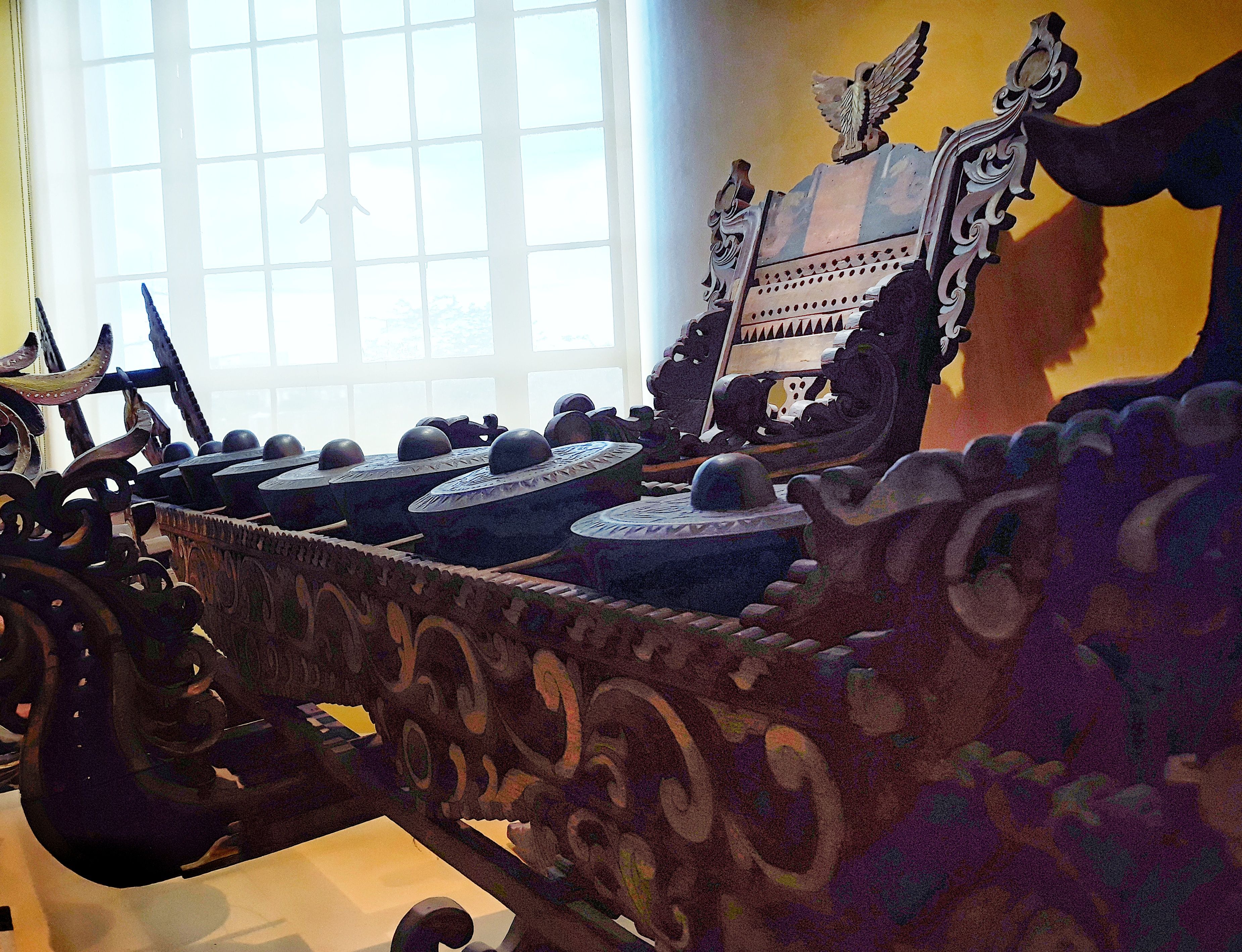
A Kulintang is a set of horizontally laid gongs used by the Lumads, a group of Non-Muslim indigenous people living in the Southern Philippines. The National Museum established a Lumad exhibit since December 2015 to raise awareness about the Lumad identity.
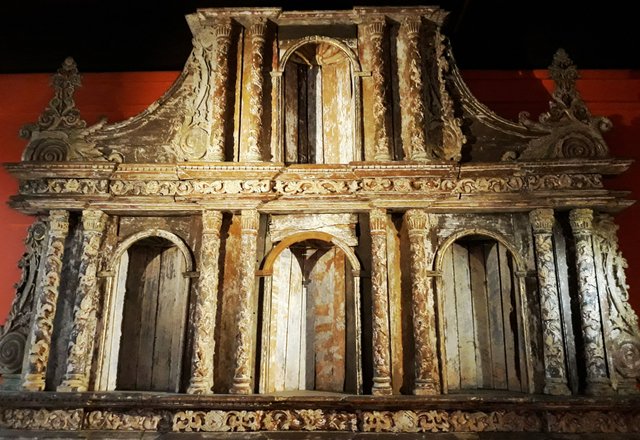
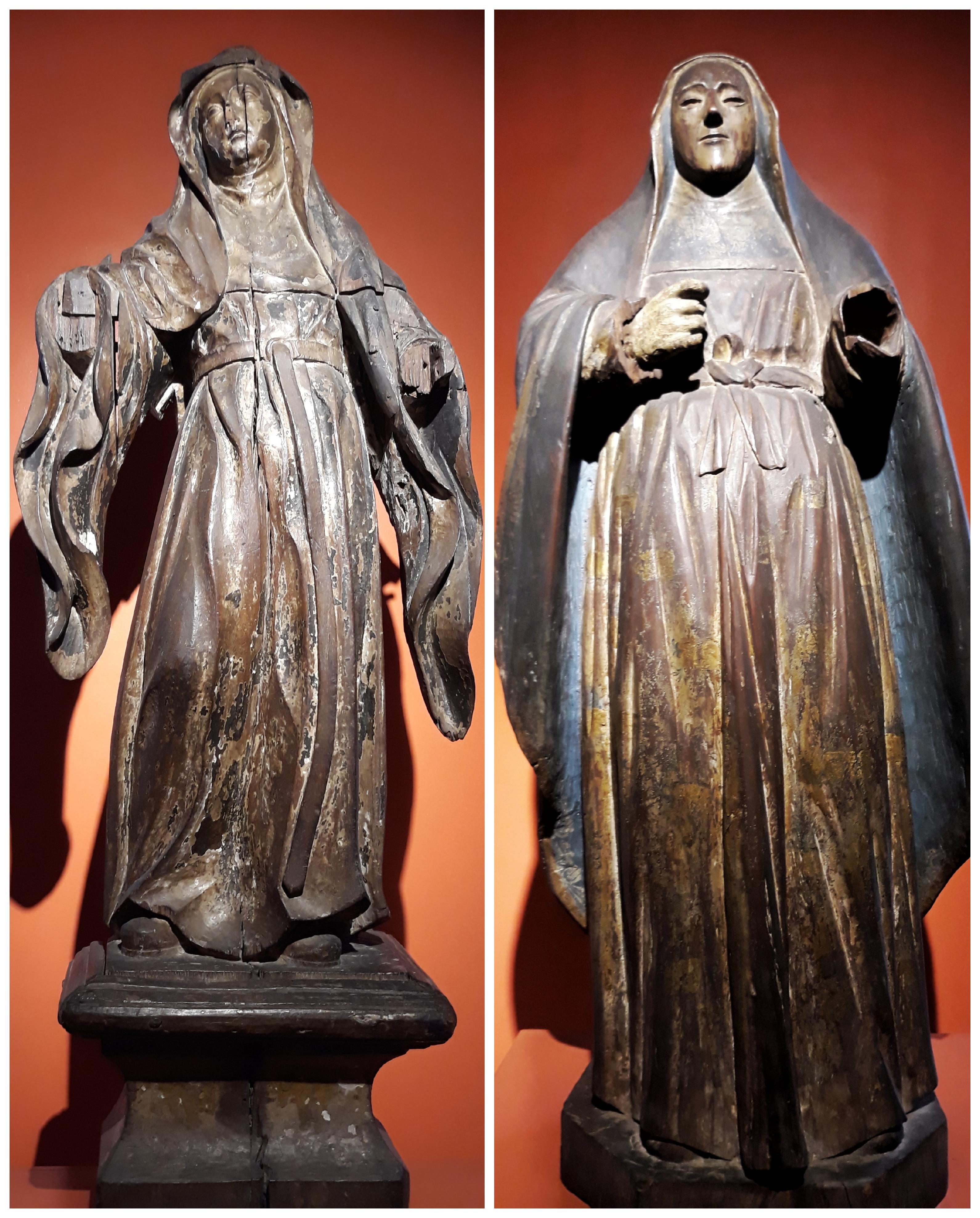
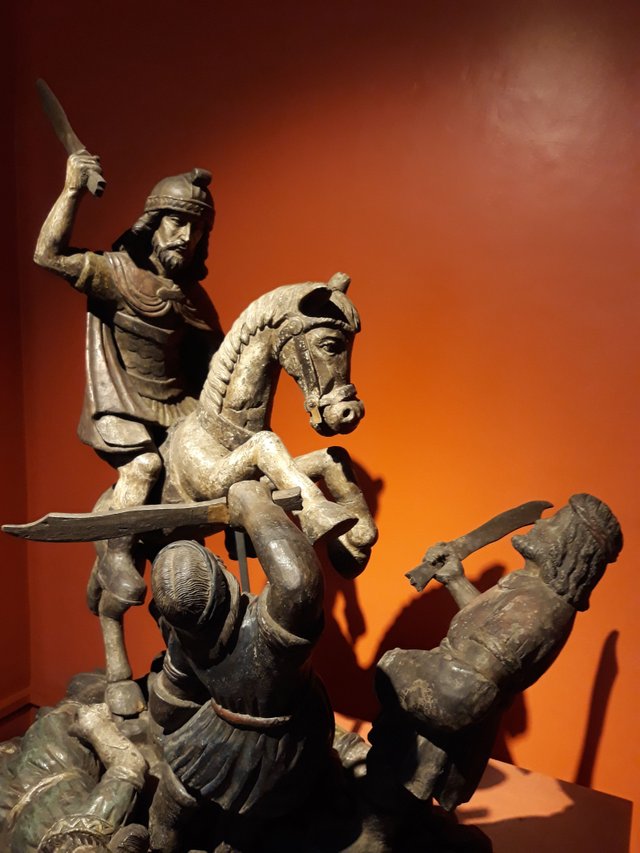
The National Museum declared the Dimiao Church as a National Cultural Treasure last July 2011. Dimiao Church in Bohol was built on the latter half of the 19th century.
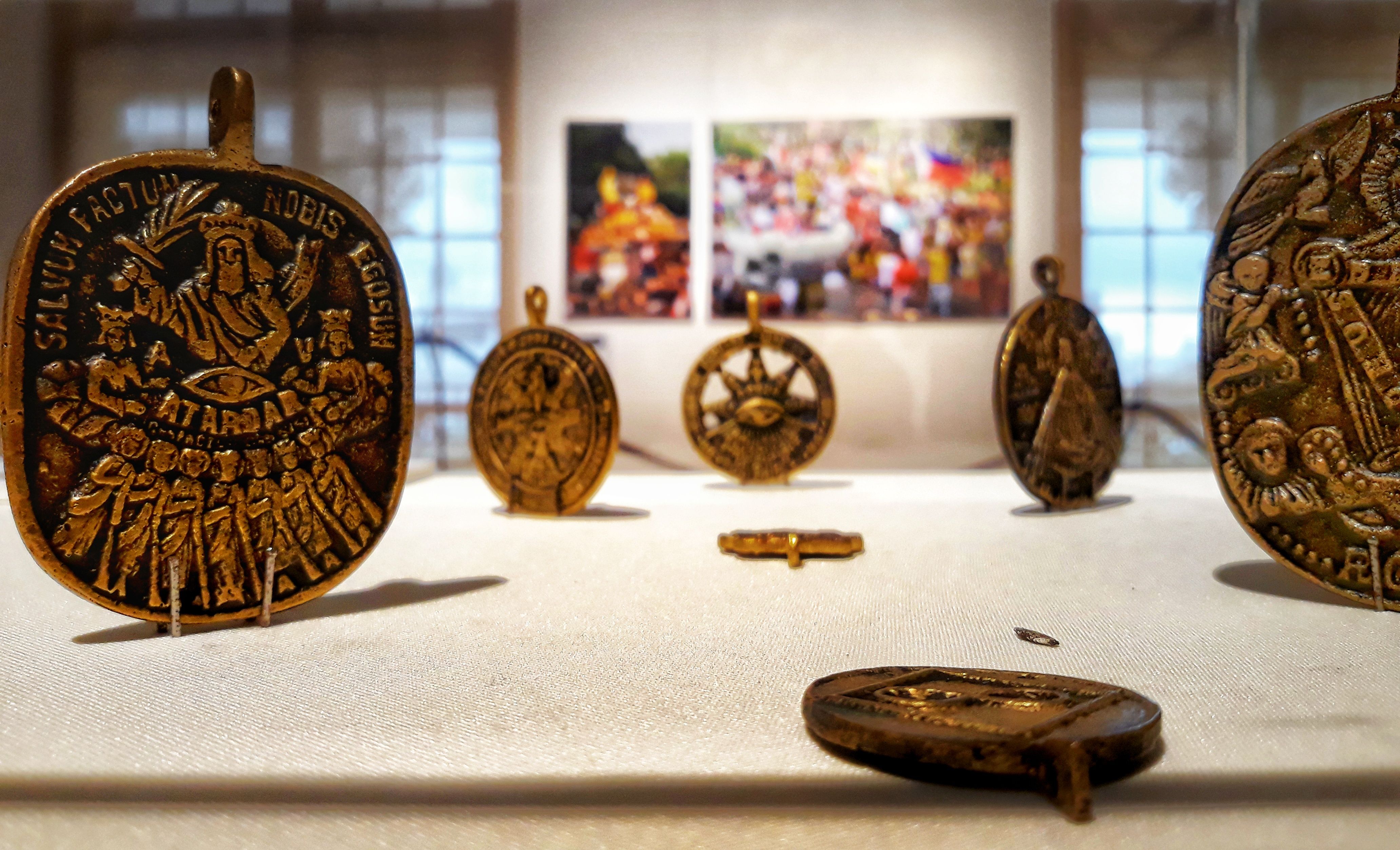
The National Museum also included an exhibit for the Feast of the Black Nazarene. The feast is popular with its procession, also known as translacion, along the roads of Manila where devotees participate as part of their panata. The Black Nazarene is homed at Quiapo Church, Manila.
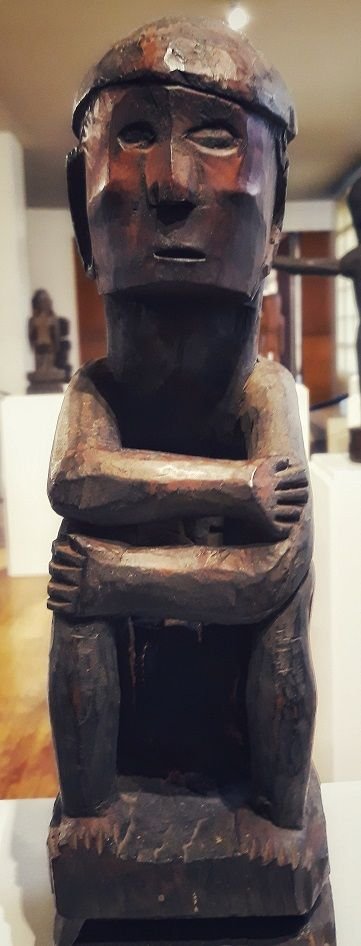
A bulul is a wood carving of the Ifugaos to guard their rice crops. I found this bulul at the Rice and Climate Change Exhibit at National Museum. Though roaming around the various exhibits, you can see more of these wood sculptures.
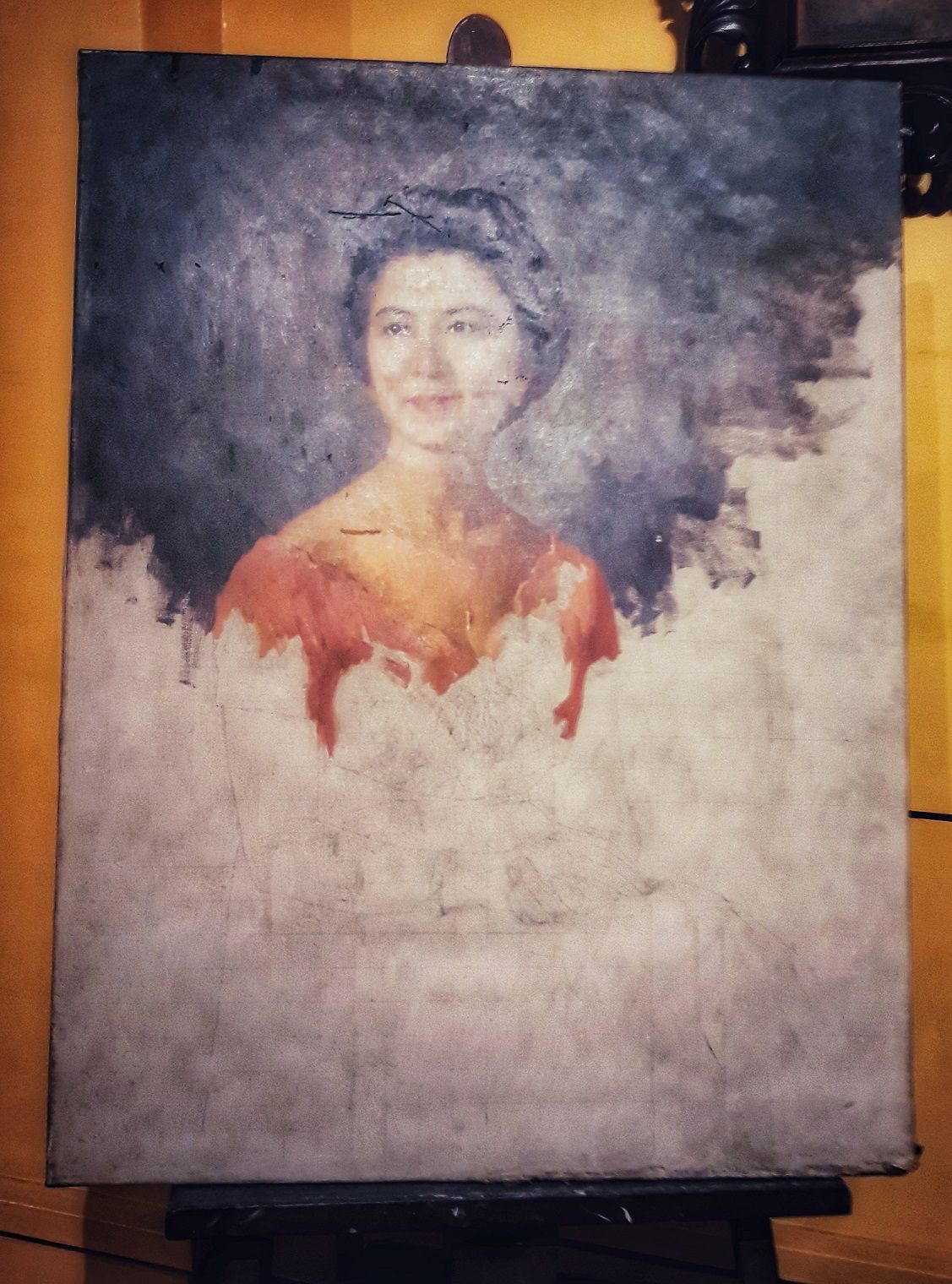
It is said that this painting was not given so much attention by the National artist and was left unfinished until Amorsolo died.
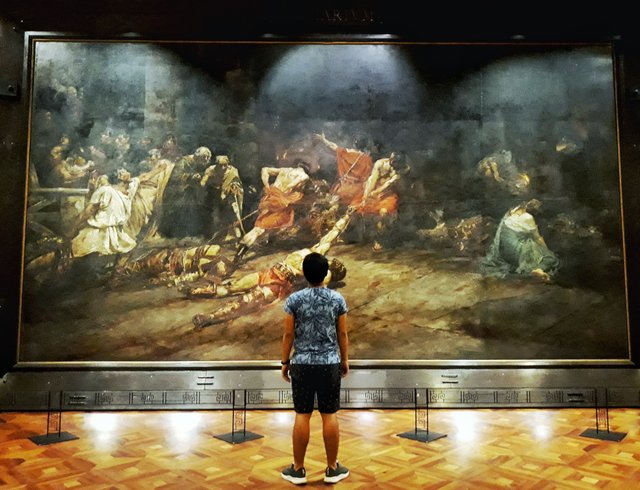
And to conclude my visit to the National Museum, of course, I will not waste an opportunity to have a photo with the great Spoliarium painted by Juan Luna.
Everyone, I encourage you to visit our National Museum. It's good to refresh some history in our minds and appreciate the great artworks of our fellow Filipinos, the richness of our culture, and biodiversity.
'Til next time, Folks!
Wow! So cool they waived the entrance fee! :) Nice post. Those medallions are awesome.
Thanks! Those were my favorites too 😁